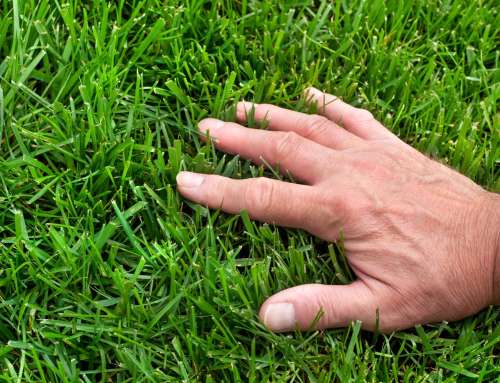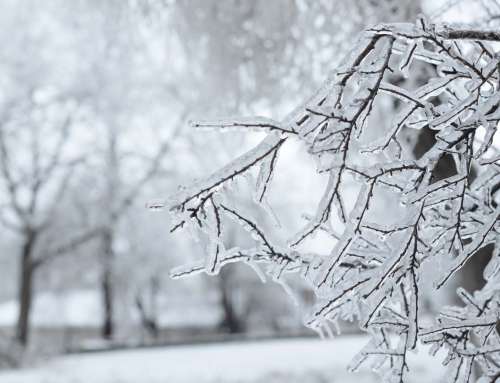The Spotted Lanternfly Is Not Kind To Our Plants
It does not bite, and it does not sting, but the Spotted Lanternfly (SLF) is a threat. This pest is native to China but was first spotted in Pennsylvania in 2014. It is believed that this leaf-hopping insect was transported into the U.S. on a stone shipment from China in 2012. It feeds on a wide range of fruit, ornamental and woody trees, and if their invasion spreads, it could threaten our country’s grape, orchard, and logging industries. Agricultural crops in danger include walnuts, grapes, hops, apples, blueberries, and stone fruits.
The spotted lanternfly is a small, black, gray, red and yellow tick-like creature that is about an inch long and has spots and is not harmful to humans. The SLF does not fly long distances but is rather a “hitchhiker.” It spreads long distances by people who move infested material or items containing egg masses. It seeks outdoor surfaces upon which to lay its eggs which then get transported. The spotted lanternfly starts in the fall (September) to lay its eggs, so now is the time to be on the lookout; check common areas such as tree barks, bricks, stone, and other smooth surfaces. Also check outdoor gear or decorations, such as lawnmowers, bikes, grills, patio furniture, and wreaths. If you have travelled through an SFL quarantine area, thoroughly check your vehicle and the clothes you are wearing to avoid accidentally moving the spotted lanternfly to somewhere new.
What should you look for?
The SFL egg masses are about an inch long and resemble a smear of mud. If you find an SLF population, scrape the egg masses into a plastic zippered bag filled with hand sanitizer, seal the bag, and dispose of it properly. Useful ways to get quick control of lanternflies is to spray them with white vinegar or neem oil, or with a combination of ¼ cup liquid dish soap in a quart of water and a tablespoon of vegetable oil in a spray bottle.
Here are signs and symptoms that reveal if your plant has been affected by the SLF:
- Plants that ooze or weep and have a fermented odor
- Buildup of sticky fluid (honeydew) on plants and on the ground beneath infested plants
- Sooty mold on infested plants
The best time to inspect your trees for signs of the SLF is at dusk or night when the insects gather in large groups on the trunks or stems of plants.




